Intrinsically Safe (IS) Instruments are critical safety devices designed for use in hazardous environments where explosive gases, vapors, or dust may be present. These instruments operate by limiting the electrical energy available to a level that is too low to ignite a potential explosive atmosphere, thus providing a key layer of safety in industries such as oil and gas, chemical processing, and mining.
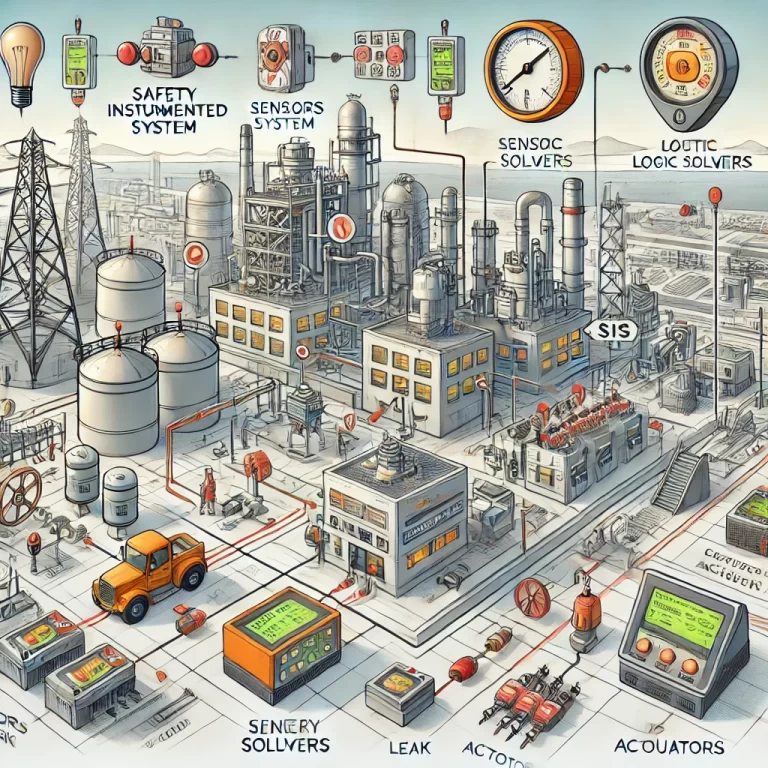
Key Concepts of Intrinsic Safety
The principle of intrinsic safety revolves around energy limitation. Electrical equipment can generate sparks or become hot under normal or fault conditions, both of which could potentially ignite flammable substances. Intrinsically safe instruments are designed so that even in the event of a failure, the amount of electrical energy that can be released is too low to cause ignition.
IS instruments achieve this through carefully controlled current and voltage restrictions. Special circuits, barriers, and isolators are integrated into the device design to ensure that, even if an electrical short or other failure occurs, no spark or heat source capable of causing an explosion is produced.

Standards and Certifications
The implementation of intrinsically safe technology is governed by strict international standards, ensuring that these instruments perform safely in hazardous areas. Two of the most widely recognized standards include:
IECEx (International Electrotechnical Commission Explosive Atmospheres): A global certification that ensures the equipment meets strict safety and performance criteria for use in hazardous environments.
ATEX (ATmosphères EXplosibles): A European Union directive that defines the essential safety requirements for equipment used in explosive atmospheres.
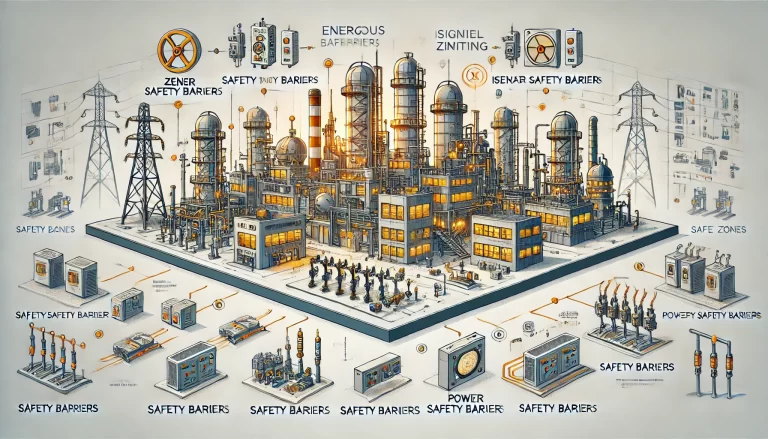
Both standards classify hazardous environments based on the presence and frequency of explosive substances, commonly referred to as “zones” or “classes” and “divisions” in various regions.
For example, Zone 0 environments are those where explosive gases or vapors are continuously present, while Zone 1 and Zone 2 indicate areas where such atmospheres are less frequent or only present under abnormal conditions. Intrinsically safe instruments are typically certified for use in Zone 0, offering the highest level of protection.
Common Applications of Intrinsically Safe Instruments
These instruments are indispensable in industries where explosive atmospheres are a daily risk. Below are some common applications:
Process Control Instruments: Devices such as pressure transmitters, flow meters, and temperature sensors are used to monitor and control industrial processes. In hazardous locations, IS versions of these devices ensure that monitoring can be done without compromising safety.
Programmable Logic Controllers (PLCs): In automation and control systems, intrinsically safe PLCs provide the ability to operate in hazardous areas without requiring extensive and expensive explosion-proof enclosures.
Data Acquisition Systems: Collecting real-time data from sensors located in hazardous zones often requires intrinsically safe communication systems to transmit data without introducing ignition risks.
Sensors and Actuators: In areas such as oil refineries or chemical plants, these devices are critical for measuring levels, detecting leaks, or controlling valves in a safe and reliable manner.
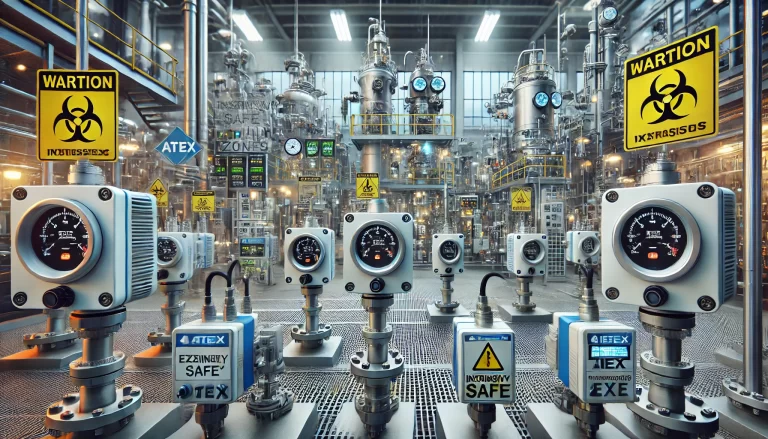
How Intrinsically Safe Instruments Work
At the heart of an intrinsically safe system is a combination of Zener barriers or isolators. These barriers limit the voltage and current flowing into hazardous areas, ensuring that even under fault conditions, any energy released is too low to ignite an explosive atmosphere.
Zener barriers work by providing a low-resistance path to ground in the event of overvoltage, preventing dangerous levels of energy from entering the hazardous area.
Galvanic isolators provide electrical isolation between the safe and hazardous zones, ensuring that no direct electrical connection can carry potentially dangerous energy into the hazardous area.

These components must be carefully chosen based on the specific hazardous environment and the types of explosive materials present.
Advantages of Intrinsically Safe Instruments
Increased Safety: IS instruments significantly reduce the risk of igniting flammable substances, providing a vital safeguard for personnel and facilities.
Cost-Effective: Unlike explosion-proof equipment, which requires robust, sealed enclosures, intrinsically safe instruments rely on energy limitation. This often reduces the need for expensive and bulky protective housings, cutting down on installation and maintenance costs.
Ease of Maintenance: Since IS equipment is designed to operate with very low energy levels, it can often be serviced and maintained without the need to shut down the entire process, reducing downtime.
Flexible Application: Intrinsically safe systems can be used in the most dangerous areas, including Zone 0 and Division 1 locations. This allows greater flexibility in designing and operating complex industrial systems.
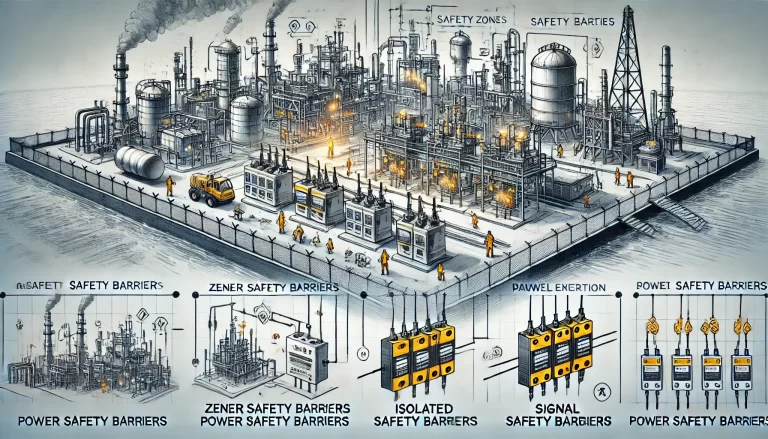
Challenges and Considerations
While intrinsically safe instruments offer significant advantages, there are some challenges to consider when designing and implementing these systems:
Power Limitations: Due to their low-energy design, intrinsically safe instruments may not be suitable for applications requiring high power or large amounts of data transmission, such as some types of motors or high-speed communication devices.
Certification Costs: Ensuring compliance with intrinsic safety standards requires testing and certification, which can add to the initial cost of equipment. However, these costs are often offset by savings in installation and operational expenses over the long term.
Complex System Design: Integrating intrinsically safe equipment into an existing system requires careful planning, especially when using IS barriers and isolators. The design must ensure that the entire system adheres to the stringent safety requirements, which can add complexity to the design process.
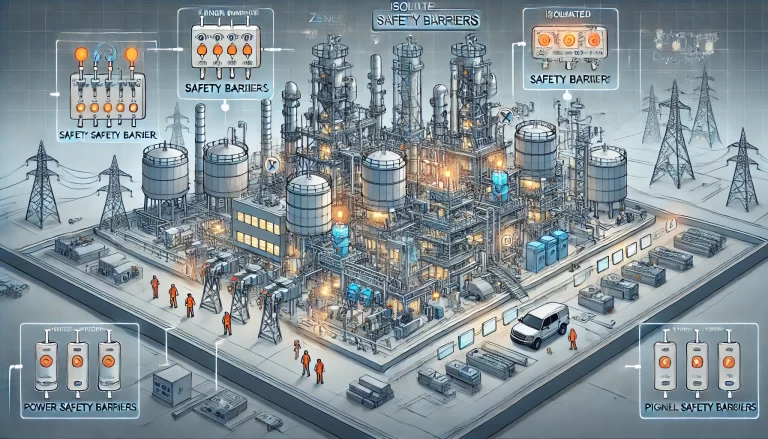
Conclusion
Intrinsically safe instruments play an essential role in ensuring the safety of operations in hazardous environments. By limiting the electrical energy within the equipment, these instruments prevent ignition of explosive atmospheres, reducing the risk of catastrophic accidents. Their application across industries, combined with adherence to strict international standards, makes them a cornerstone of modern industrial safety practices.
Though IS systems come with their own set of challenges, their advantages in terms of safety, cost-effectiveness, and flexibility make them an essential part of hazardous-area management in many critical industries.
